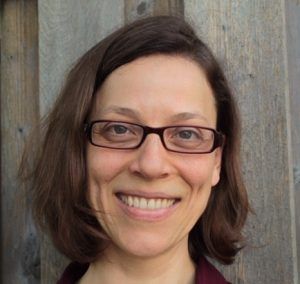The Final Gift: Donating a Body to Science and How it Impacts the Funeral
In Ontario, many families are now choosing to donate their bodies to science. Bequeathing one’s remains for the benefit of education and progress is one of the most unselfish gifts a person can bestow.
There are currently 17 medical schools or School of Anatomy across Canada accepting donations of bodies for science to train future health professionals. Collectively, these schools currently have 60,000-70,000 potential donors on file.
Donating your Body to Science vs. Organ and Tissue Donation
Body donation is the donation of the body in its entirety and is strictly used for educational and research purposes. Organ and tissue donation, which has risen in popularity by 30%, is for the purpose of helping another living person receive a lifesaving transplant. For more information, please visit The Trillium Gift of Life.
How Do I Make Arrangements to Donate my Body When I Die?
It is important to talk about your final plans with your next-of kin and your Estate Trustee. An individual may also provide consent by filling out a consent form, available at any School of Anatomy. If consent is not given by the individual prior to death, the next-of-kin is able to grant permission as per section 5 of the Trillium Gift of Life Network Act.
Donations Are NOT Always Accepted
Although bodies are usually accepted, there are circumstances that sometimes prevent a donation form being approved.
A donation may be refused if:
There is a contagious disease;
Death was by suicide or accident that involved severe trauma;
An autopsy was performed;
Amputation occurred;
Embalming took place;
Organ Donation occurred;
It has been over 72 hours since the time of death;
The school is not in need of donations.
What Happens When A Body is Donated?
Students are taught about altruism and the generosity of the donor. Respect is of the utmost importance as these cadavers are their first patient and no one is there to advocate for them other than the practicing student(s). Bodies are kept for 1-3 years for research and educational purposes. Following this time, remains are respectfully cremated and returned to the family or interred in a communal plot.
Can My Family Still Hold a Memorial Service?
A family can still choose to gather to commemorate the life of the deceased. Although human or cremated remains will not be present, pictures and mementos can be displayed at the venue of the family’s choice. An annual memorial service is often held by the schools for surviving families of donors as well as medical staff and students.
How Does a Donation to Science Affect Funeral Costs?
A family can choose to have no service at all. Alternatively, a family can choose to have a memorial service with no remains present. The cost for this would depend on what sort of venue is selected along with any reception costs.. A family can also arrange to hold a memorial service once the cremated remains are returned to them, 1-3 years following the death.
Aside from costs associated with optional venue and reception, the fees associated with donating a body to science are quite minimal, making this a popular option for families not wanting to spend a great deal on funeral arrangements. The only services required from a funeral home are the transfer from place of death and the coordination of government documents by a licensed funeral director. At Basic Funerals, these services typically cost under $1000.00. Please visit Basic Funerals for a price estimate or complete our online Arrangement Form to start record your preferences.
The post The Final Gift: Donating a Body to Science and How it Impacts the Funeral appeared first on Basic Funerals.








